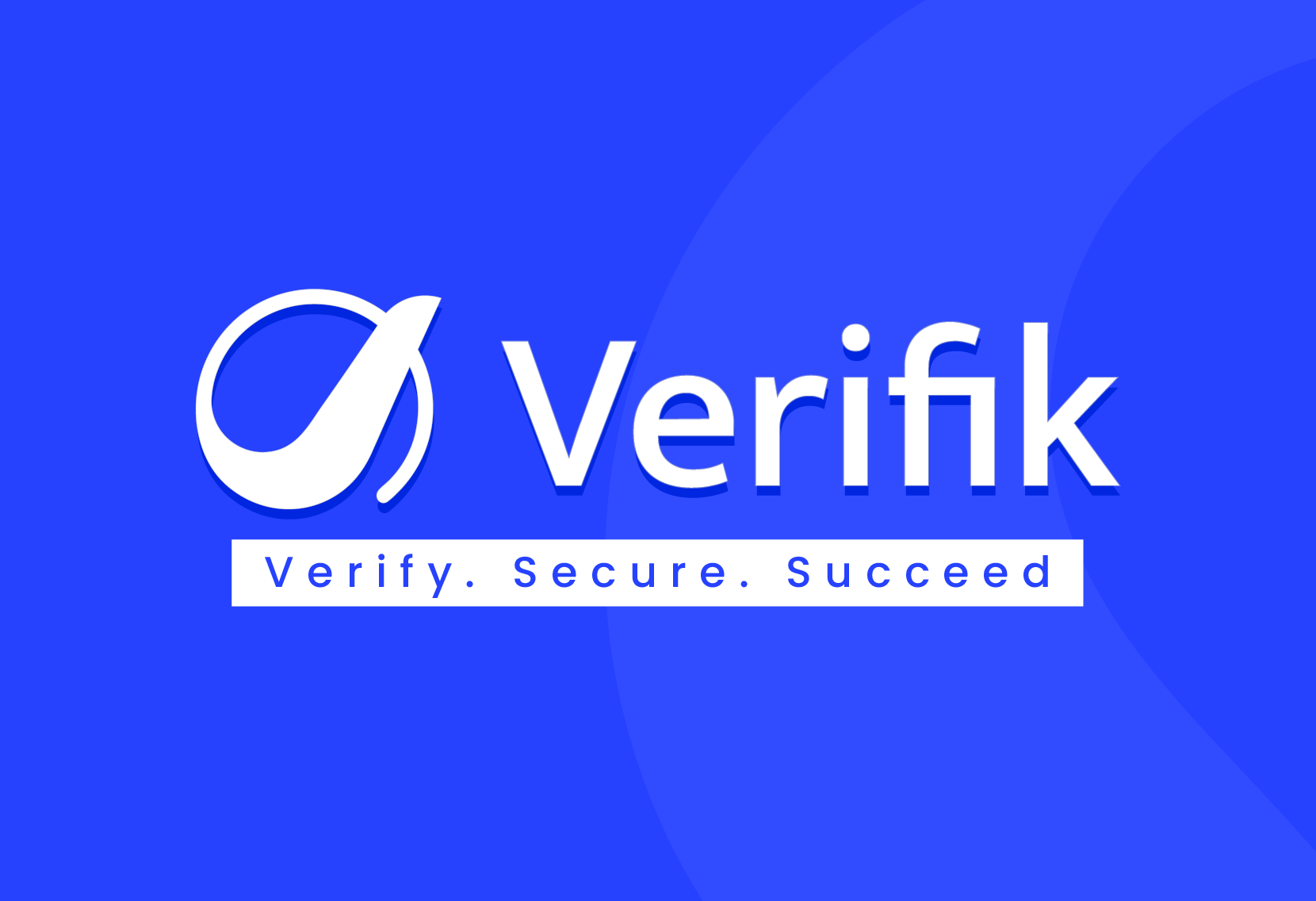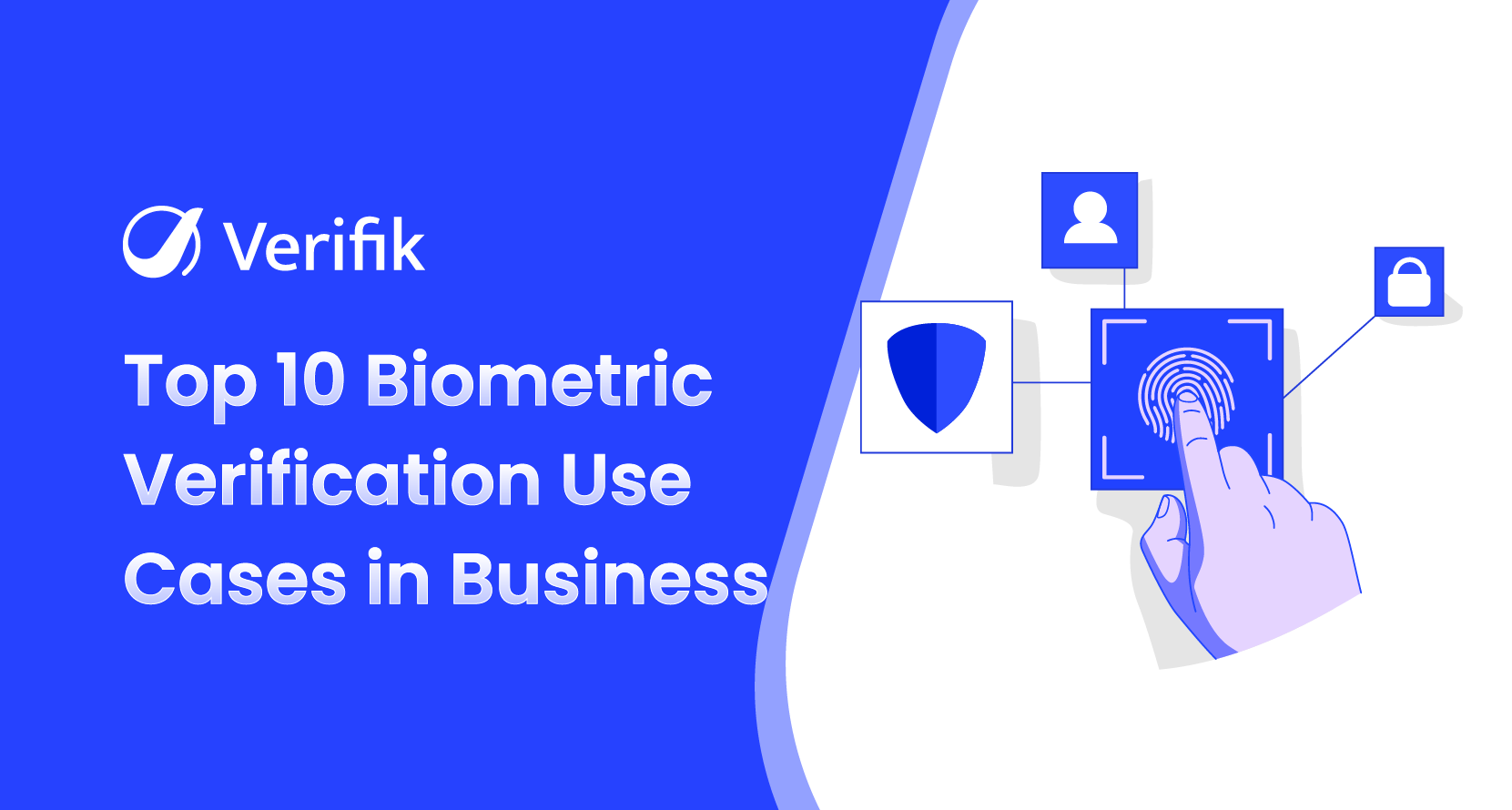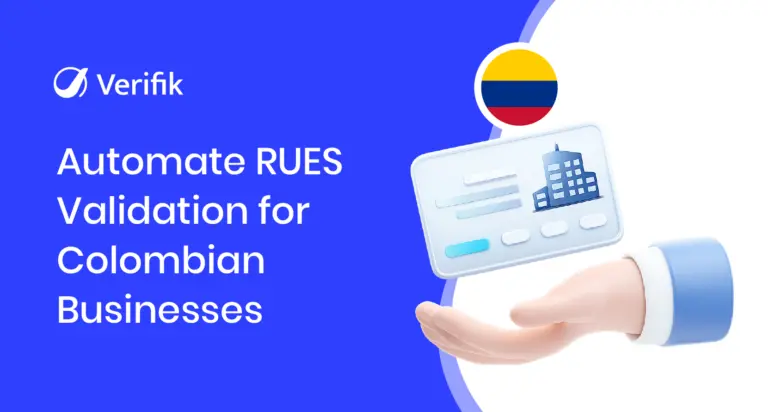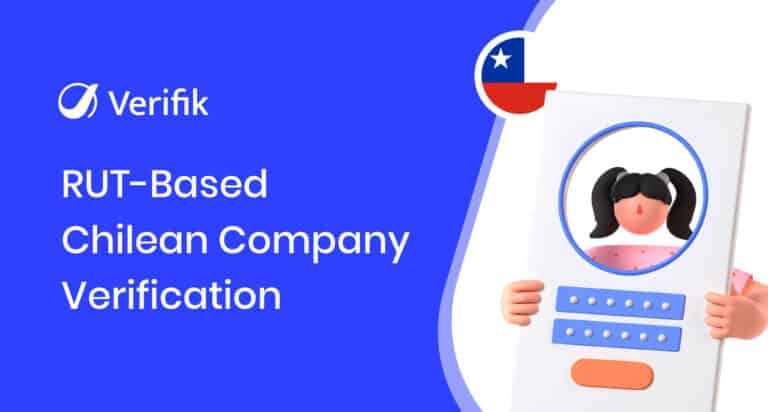As businesses digitize their operations, identity fraud and security breaches are on the rise. Traditional authentication methods, like passwords, PINs, and document uploads, are often too slow, insecure, or user-unfriendly. This is where biometric verification steps in.
By using unique human traits, like fingerprints, facial features, iris patterns, or voice recognition, biometric systems provide a secure, real-time, and tamper-proof way to verify identities. From banking to healthcare and e-commerce to education, businesses across sectors are tapping into biometrics to improve user experience and reduce fraud.
Here are the top 10 use cases where biometric verification is driving real value for businesses:
1. Remote Customer Onboarding
With the rise of digital services, especially in fintech and telecom, businesses need to verify users remotely without sacrificing security. Biometric onboarding, typically using face recognition and liveness detection, lets users sign up for services from their phones in minutes.
This approach not only improves user convenience but also ensures compliance with global KYC (Know Your Customer) and AML (Anti-Money Laundering) regulations. By comparing a selfie with the user’s ID document in real-time, businesses can reduce identity theft and streamline onboarding.
Key Benefits:
- Frictionless user experience
- Real-time ID verification
- Reduced manual review and onboarding costs
2. Secure Access Control
Controlling who has access to your facilities, equipment, or digital environments is crucial for maintaining business integrity. Biometric access control systems, like fingerprint readers or facial recognition scanners, ensure only authorized individuals can enter restricted areas.
Unlike keycards or passcodes that can be lost or shared, biometric credentials are unique and non-transferable. This makes them ideal for securing office entrances, warehouses, R&D labs, and high-security facilities, as well as digital assets like internal platforms, employee dashboards, and enterprise tools.
Key Benefits:
- Enhanced physical and digital security
- Eliminates credential sharing
- Audit trails for accountability
3. Identity Verification in Banking
The financial sector is a prime target for fraud. Biometric verification in banking plays a critical role in preventing identity fraud, securing high-value transactions, and maintaining regulatory compliance.
From biometric login to multi-factor authentication for transfers, banks now integrate facial, voice, or fingerprint recognition into their mobile apps and in-branch systems. This not only protects user accounts but also simplifies the user journey.
Key Benefits:
- Strong authentication against account takeovers
- Fast and secure login experience
- Compliance with KYC/AML laws
4. Payment Authentication
Biometrics are redefining how we authorize payments and are making transactions faster, safer, and more seamless than ever. Users can now authorize payments with a simple fingerprint scan or face match. This eliminates the need to remember passwords or carry physical cards.
Payment platforms and POS systems increasingly rely on biometric verification to add a layer of fraud protection without slowing down transactions. This enhances both security and customer satisfaction.
Key Benefits:
- Fast, contactless authentication
- Reduced card-not-present fraud
- Greater user convenience
5. Digital Healthcare Identity
Healthcare systems must accurately match patients to records while protecting sensitive data. Biometric identity verification helps eliminate duplicate records, avoid medical identity theft, and streamline access to digital health services.
Facial or iris recognition can be used for check-ins, accessing telehealth platforms, and even securely sharing patient records across providers. This is especially critical in high-risk or remote care environments.
Key Benefits:
- Accurate patient matching
- Data privacy and HIPAA compliance
- Secure access to telemedicine
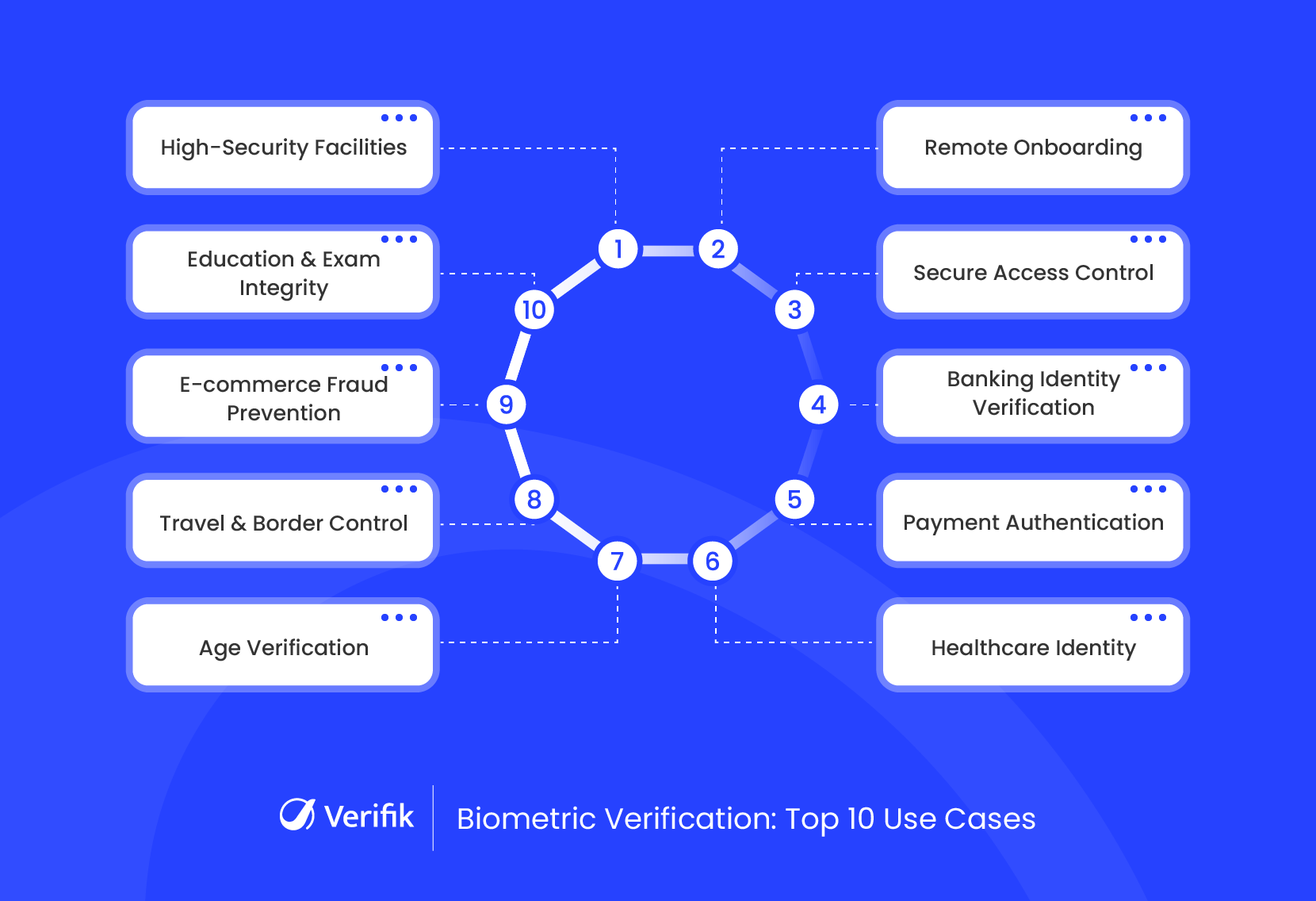
6. Age Verification for Online Platforms
Online platforms dealing with age-restricted content, like gaming, alcohol delivery, or adult services, must ensure that users meet minimum age requirements. Manual ID uploads are often easy to bypass or falsify.
Biometric age verification solutions use facial recognition combined with AI to estimate a user’s age in real-time. This provides a non-intrusive and compliant way to block underage access while maintaining a smooth user experience.
Key Benefits:
- Real-time, automated age checks
- Enhanced compliance with age regulations
- No need for document uploads
7. Travel and Border Control
Airports and immigration authorities are leveraging facial recognition technology to automate identity checks by replacing manual passport inspections. By matching a traveler’s live face with biometric data stored in their passport or government database, authorities can process passengers faster and more securely.
Biometrics not only reduce wait times but also help detect identity fraud and prevent unauthorized entry. As international travel rebounds, biometric gates and e-passport controls are becoming standard.
Key Benefits:
- Faster immigration and boarding processes
- Enhanced security against identity fraud
- Reduced operational load on border control agents
8. E-commerce Fraud Prevention
E-commerce businesses face increasing risks from account takeovers, fake chargebacks, and stolen payment credentials. Biometric identity verification adds a strong layer of customer authentication during high-risk actions such as large purchases, address changes, or password resets.
By using facial or fingerprint recognition, merchants can ensure the person making the transaction is the legitimate account owner. This not only improves fraud detection but also protects genuine customers from being locked out due to suspicious activity.
Key Benefits:
- Real-time fraud detection and prevention
- Stronger customer authentication without friction
- Fewer false positives in fraud monitoring
9. Education and Exam Integrity
As online learning and virtual exams become more common, ensuring that students are who they claim to be is critical. Biometric verification helps institutions prevent cheating and impersonation by verifying a student’s identity before and during online assessments.
Facial recognition combined with liveness detection can confirm attendance, monitor exam-takers, and flag suspicious behavior; all while preserving the integrity of digital credentials and certifications.
Key Benefits:
- Prevents impersonation in virtual exams
- Supports academic integrity in remote learning
- Seamless integration into learning management systems
10. High-Security Facilities & Data Centers
Data centers, research labs, and critical infrastructure facilities require airtight security protocols. Biometric systems offer multi-layered access control to ensure only authorized personnel can access sensitive zones.
Technologies like iris scanning or dual-factor biometric authentication (e.g., face + fingerprint) help prevent tailgating, badge cloning, and unauthorized access, even in high-risk environments.
Key Benefits:
- Maximum security for restricted areas
- Real-time access logs and audit trails
- Elimination of badge sharing or credential theft
Wrapping Up
Biometric verification is rapidly transforming the way businesses handle identity, security, and compliance. From remote onboarding to securing physical spaces, biometrics offer a seamless, user-friendly, and fraud-resistant alternative to traditional methods.
As threats like identity theft, data breaches, and regulatory pressure continue to rise, adopting biometric solutions is no longer optional, it’s critical. The key is choosing the right partner who offers advanced, scalable, and privacy-focused biometric tools tailored to your needs.
Looking to Integrate Biometrics into Your Business?
At Verifik, we help businesses embrace secure, scalable, and compliant identity verification using the power of biometrics.
Our AI-powered platform offers:
- ZK Face Proof for privacy-preserving facial recognition
- Liveness Detection to stop deepfakes and spoofing attempts
- Automated KYC & AML compliance workflows
- Plug-and-play APIs for seamless integration into your product
Whether you’re in finance, healthcare, e-commerce, or education, Verifik provides custom solutions that scale with your business.
Ready to verify smarter? Book a free demo today!
